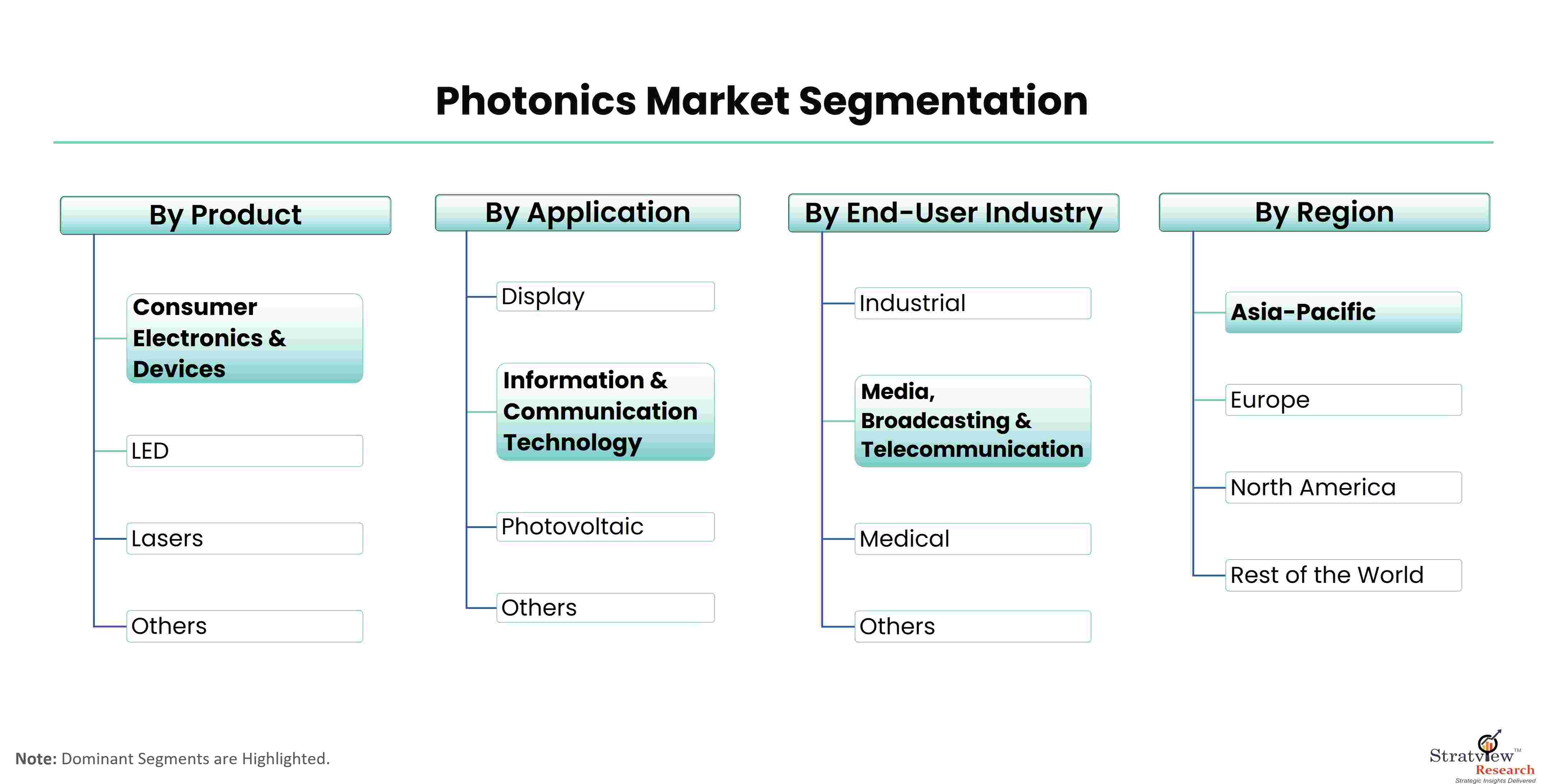The Role of Photonics in Advancing Telecommunications and Networking

Photonics technology is pivotal in shaping the future of telecommunications and networking, driving innovations that enhance speed, capacity, and reliability in data transmission. By leveraging the power of light, photonics is revolutionizing how information is transmitted across the globe, addressing the ever-increasing demand for faster and more efficient communication systems.
According to Stratview Research, the photonics market was estimated at USD 659.28 billion in 2022 and is likely to grow at a CAGR of 7.05% during 2023-2028 to reach USD 993.56 billion in 2028.
1. Fiber Optic Communication
At the heart of photonics in telecommunications is fiber optic technology. Fiber optics use light to transmit data over long distances through glass or plastic fibers. This method offers several advantages over traditional copper cables, including higher bandwidth, lower signal loss, and greater immunity to electromagnetic interference. The result is faster data transfer rates and more reliable communication. The widespread adoption of fiber optics has been a cornerstone in the expansion of high-speed internet, enabling the seamless streaming, cloud computing, and real-time communication that modern users expect.
2. Dense Wavelength Division Multiplexing (DWDM)
Dense Wavelength Division Multiplexing (DWDM) is a photonics-based technology that significantly enhances the capacity of optical fibers. DWDM works by transmitting multiple data streams simultaneously over a single fiber, each at different wavelengths (colors) of light. This technique maximizes the use of available fiber capacity, allowing for increased data transmission rates and the ability to support the growing demands of data-intensive applications. DWDM is crucial for managing the vast amounts of data generated by modern applications, from video conferencing to big data analytics.
3. Optical Switches and Routers
Photonics technology is also advancing the development of optical switches and routers, which play a critical role in directing data traffic across networks. Unlike traditional electronic switches, optical switches operate using light signals, offering faster switching times and reduced latency. This improvement is essential for maintaining high-speed data transmission and ensuring the efficient management of network traffic. Optical routers, which can handle data at the speed of light, further enhance network performance and support the growing complexity of global communication networks.
4. High-Speed Data Transmission
The demand for higher data transmission speeds continues to drive innovations in photonics. Technologies such as optical coherent detection and advanced modulation techniques are pushing the boundaries of data transfer rates. These advancements enable telecommunications networks to handle terabits of data per second, supporting the proliferation of high-definition video streaming, cloud services, and emerging technologies like 5G.
5. Quantum Communications
Photonics is also at the forefront of quantum communications, which promises to revolutionize network security. Quantum key distribution (QKD) uses the principles of quantum mechanics to provide unbreakable encryption, ensuring the secure transmission of sensitive information. As quantum technologies mature, they are expected to offer new levels of security for telecommunications networks.
In summary, photonics technology is fundamentally transforming telecommunications and networking by enabling faster, more reliable, and higher-capacity communication systems. From fiber optics and DWDM to optical switches and quantum communications, photonics is driving innovations that meet the growing demands of the digital age, paving the way for more advanced and efficient global communication networks.
- Whats New
- Shopping
- Wellness
- Sports
- Theater
- Religion
- Party
- Networking
- Music
- Literature
- Art
- Health
- Games
- Food
- Drinks
- Fitness
- Gardening
- Dance
- Causes
- Film
- Crafts
- Other/General
- Cricket
- Grooming
- Technology

